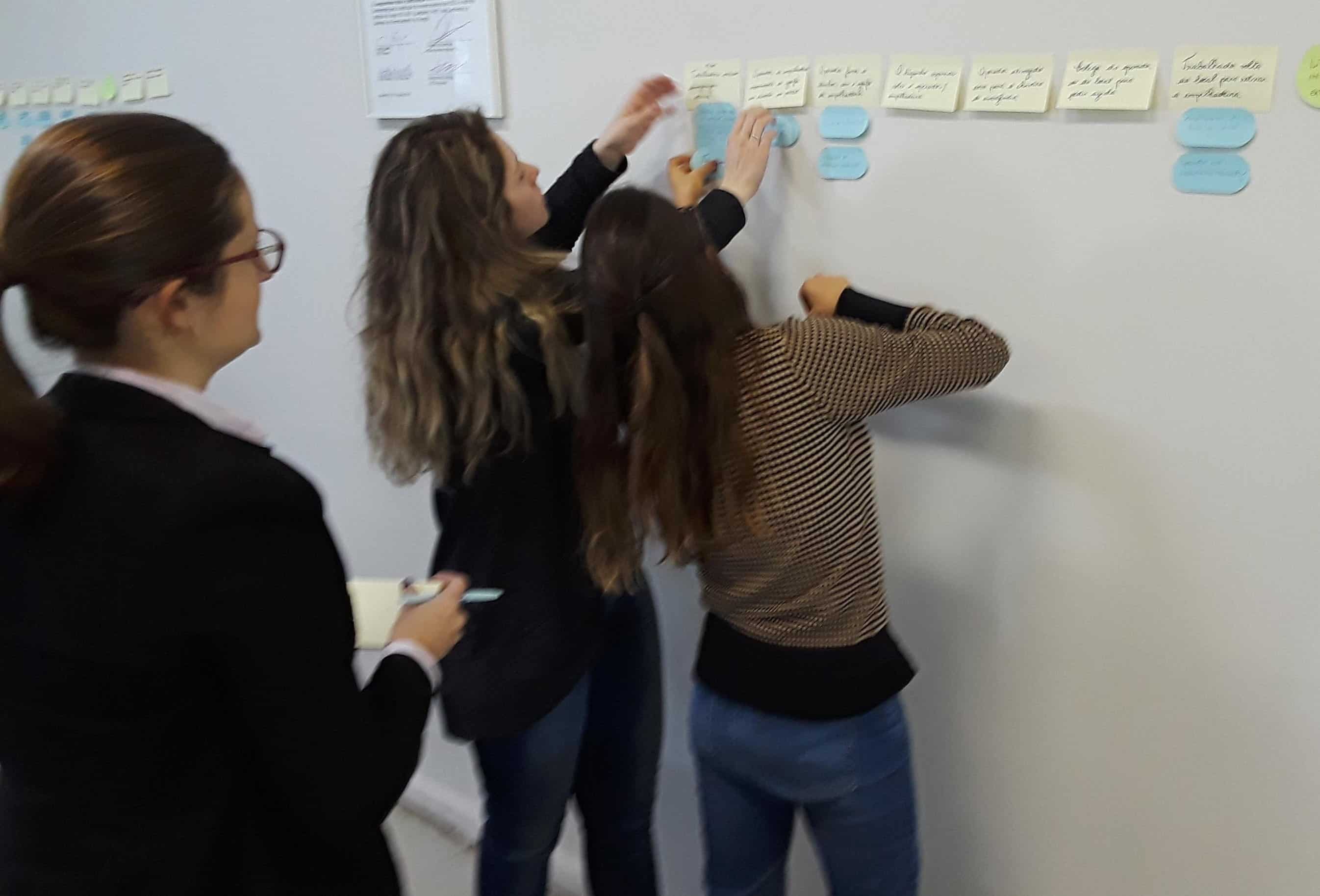Lessons Learned: Inadvertent Thrust Reduction

Inadvertent thrust reduction during the takeoff roll occurred at the UK’s London Gatwick Airport, June 28, 2024.
The AAIB (Air Accidents Investigation Bureau) highlights the inadvertent thrust reduction that occurred to a Boeing 777-236, G-VIIT.
During takeoff, the copilot began retarding the thrust levers at airspeed V1, instead of removing his hand from them. After momentarily advancing them again, he initiated the rejected takeoff (RTO) procedure around 2 KIAS later. The RTO was performed effectively and the aircraft stopped some distance before the end of the runway surface.
The report considers the complex nature of the takeoff roll and why mental rehearsal of motor actions may benefit pilots, particularly after time off from flying. It discusses the industry-wide challenge of preventing action slips. This operator had already published a methodical approach to control selections, which it has promoted in preflight briefing material. It has included the wider issue of ‘focus’ in its recurrent simulator training.
History of the flight G-VIIT AAIB-30154 The aircraft was taking off from London Gatwick Airport (Gatwick), Runway 26L. On hearing the aircraft’s automatic callout of airspeed “v1 ”1, the copilot (who was PF) inadvertently began retarding the thrust levers, instead of removing his hand from them to continue the takeoff. Simultaneously, the commander called “rotate” as the airspeed continued increasing through Vr 2. The copilot vocalised the error and momentarily advanced the thrust levers again, before performing the RTO procedure. 3. The aircraft stopped before intersection GR (Figure 1). The airport rescue and firefighting service attended the aircraft and extinguished a fire from hot brakes on the right main landing gear.
Figure 1 Excerpt from Gatwick ground chart Information from the operator’s operating manuals The operator’s ‘Flight crew training manual’ (FCTM) described V1 as ‘the maximum speed in the takeoff at which the pilot must take the first action… to stop the airplane within the accelerate-stop distance[4]’ and ‘the minimum speed… following a failure of an engine at which the pilot can continue the takeoff and achieve the required height above the takeoff surface within the takeoff distance’. It stated ‘The PF should keep one hand on the thrust levers until V1 in order to respond quickly to a rejected takeoff condition. After V1, the PF’s hand should be removed from the thrust levers.
TAPROOT® GLOBAL TRAINING COURSE INFORMATION
Would you like to become TapRooT® Trained? Register for a TapRooT® course to put yourself on the best career path to skills development and effective training in troubleshooting to identify the root causes of issues and incidents.
TapRooT® Trained professionals have the training and skillsets necessary for investigation, problem-solving, and root cause analysis. New skills lead to new positions. Find the course you prefer from the courses listed below, or find what you are looking for from the full selection of TapRooT® RCA courses. Soon, you will be TapRooT® Trained.
2-Day TapRooT® Root Cause Analysis Training
5-Day TapRooT® Advanced Root Cause Analysis Team Leader Training
2-Day Equifactor® Equipment Troubleshooting
Check the above link for Equifactor® courses; you may also schedule an on-site Equifactor® course for your company. Contact us or call us at 865.539.2139.
CHOOSE TAPROOT® COURSES THAT BEST FIT YOUR TEAM’S NEEDS
For a complete overview of TapRooT® courses, please see our full selection of TapRooT® Root Cause Analysis Training courses.
We also offer on-site training for our clients and their employees.
Connect with us by phone (MAIN: 865.539.2139; SUPPORT: 865.357.0080) or email.
We offer ongoing support to our clients through free newsletters root cause tip videos, and the Root Cause Analysis blog on our website.
WHY IS TAPROOT® THE TOP RCA TRAINING?
TapRooT® has been designed for investigating seemingly simple problems that could have been worse (precursor incidents) by using a simple 5-step process. TapRooT® can also be used to investigate major accidents by using the complete 7-step process.
- The 2-Day TapRooT® Root Cause Analysis Course teaches the essential techniques for investigating precursor incidents and fixing them to prevent major accidents.
- The Equifactor® Training Course also teaches how to use the TapRooT® techniques and Equifactor® troubleshooting tables to stop equipment problems.
- The 5-Day TapRooT® Root Cause Analysis Team Leader Course teaches the complete 7-step TapRooT® process and techniques to investigate major accidents, serious environmental releases, fatalities, major plant upsets, and serious injuries.
TAPROOT® IS YOUR GUIDE FOR RCA COMMUNITY NEEDS
TapRoot® is global—and local—to meet your needs. If you would like us to teach a course at your workplace, please reach out here to discuss what we can do for you, or call us at 865.539.2139. Need other times or locations that you don’t see on today’s list? Please see our full selection of courses.



